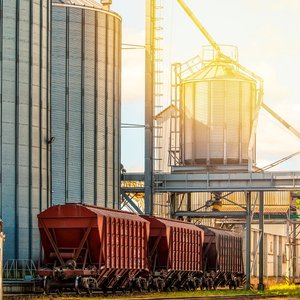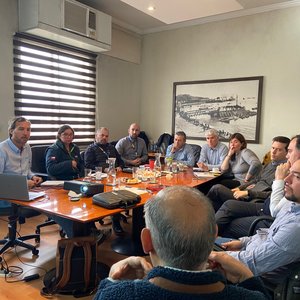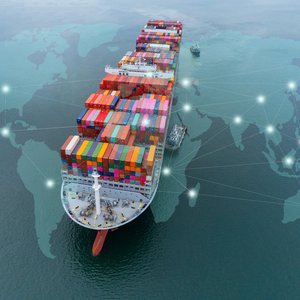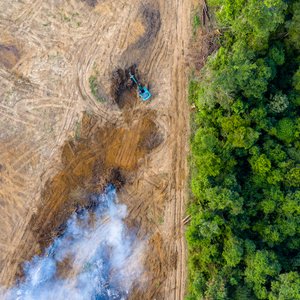The University of Saskatchewan (USask), Canada, has partnered with industry, government, academic, and trade groups to develop a new aquaculture facilityies to focus on new solutions for replacing fishmeal in aquafeeds manufacturing.
A sum of CAD 9.3 million (USD 7 million) is needed to revamp USask’s current Toxicology Centre to house the new facility. The project is seeking CAD 3.7 million (USD 2.81 million) from the Canada Foundation for Innovation. Provincial and federal agencies, USask, and vendor in-kind support are expected to contribute CAD 5.6 million (USD 4.25 million). Furthermore, the new center has the support of 20 industries. Among these, there are global companies such as BioMar, Evonik, and InnovaSea.
Feed ingredient development and processing, toxicology, environmental studies, artificial intelligence (AI), animal physiology, nutrition, and behavioral science are the research areas of the 10-member USask team that will collaborate on the project. The multidisciplinary team will be led by Lynn Weber, professor of veterinary biomedical sciences at USask’s Western College of Veterinary Medicine, and Mike Nickerson, professor at USask’s College of Agriculture and Bioresources.
Using the investment, the flow-through fish tank system currently existing in the USask’s Toxicology Centre will be replaced with a 30 tanks recirculating aquaculture system (RAS). The new facility will have a large biofilter that will cut water use by as much as 90% percent and will be equipped with continuous water quality sensors and in-tank cameras.
Situated in the heart of a province that produces an abundance of peas, fava beans, and other potential aquafeed ingredients, it is expected that the USask’s new facility would allow improve local agriculture and bring new markets for Canadian-grown crops.












